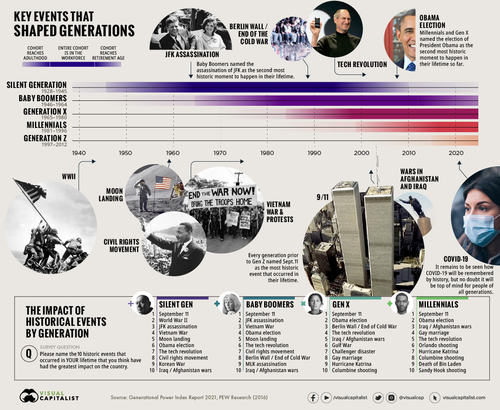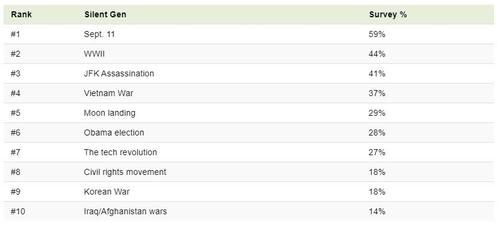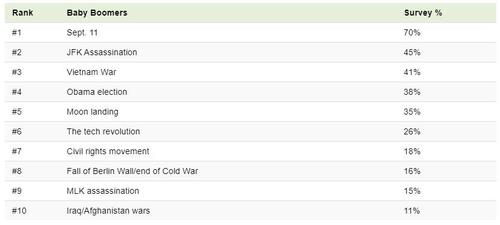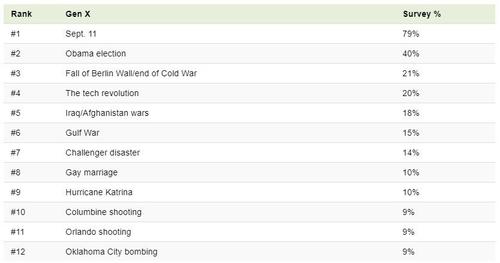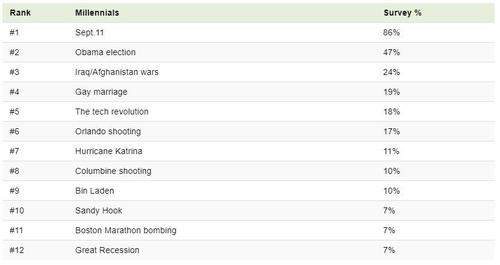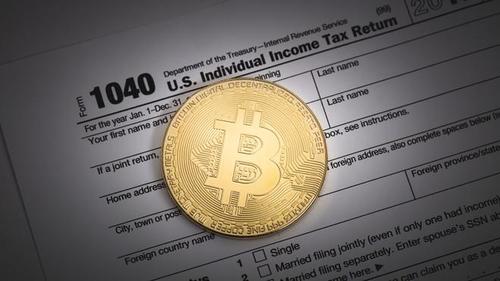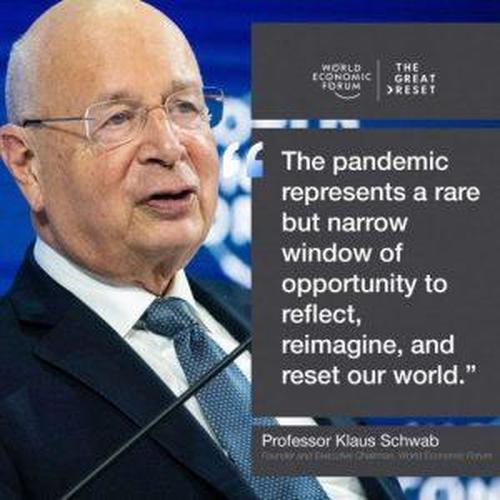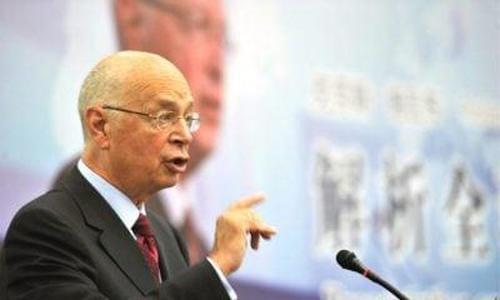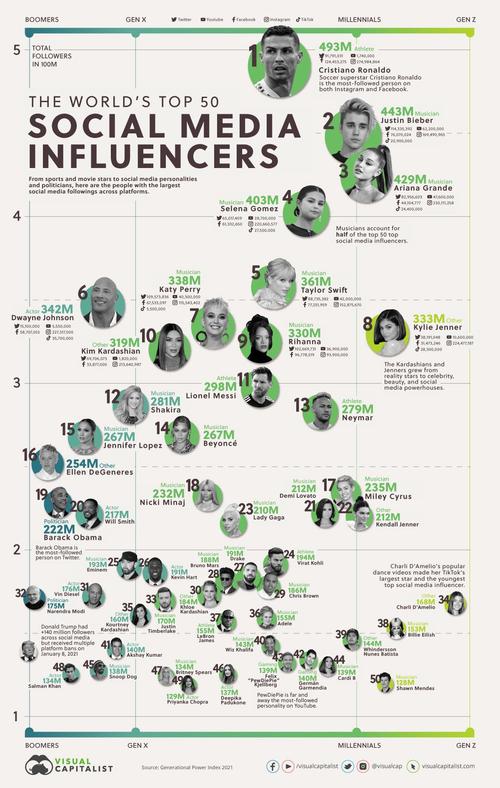The End Of Western Globalia?
Since the 1970’s, international trade has continuously been promoted by leaders of developed countries and economic agents.
Several theoretical frameworks have been put forward to explain the benefits of a free trade environment, from Adam Smith’s concept of absolute advantages to more recent firm-based theories. However, the reality is much more nuanced, especially after China’s entry into the WTO in 2001, and questions arise as to the sustainability of the current model.
While the development of free trade activity could be regarded as a sound intellectual victory for Western capitalism, such trend has paradoxically weakened several countries in Europe and America.
-
The first side effect of economic globalism in the West has been the retreat of manufacturing in several economies like the United States, with durable unemployment issues as a result. Beyond social impacts, Canadian author Vaclav Smil argued that a manufacturing decline is structurally problematic as it affects the ability of a country to innovate on the long run.
-
The second reason to be skeptical about international trade is the multiplication of structural imbalances in the global economy, with unstainable surpluses and deficits everywhere. An economy displaying a growing trade deficit is getting poorer with respect to foreign economies, leading to a financial and/or social crisis in the end. To understand that, it is necessary to imagine a country whose currency is backed by something tangible (e.g. gold). In that case, a deficit means that the country owes metals to the rest of the world. Of course, current account deficits can be offset by financial inflows, but as there’s no free lunch in economics, that should not be seen as a long-term solution.
-
Last but not least, the rise of global trade and countries specialization has led to a system full of frictions and highly vulnerable to shocks (whatever their size). This has been well documented and explained by research in complex systems including econophysics (see It’s the Complexity Stupid). One could imagine a local natural disaster disrupting the global car industry supply chain (e.g. Japan earthquake and tsunami 2011), a small shipping incident blocking a large part of maritime trade (e.g. Suez Canal obstruction 2021), or even a tiny pathogen freezing the global economy for several months (e.g. COVID-19 pandemic).
In other words, a problem affecting local factories in some regions of Asia or mining facilities in Chile is likely to impact most economies in the world. In other words, the more specialized countries are in terms of economic production, the more dependent on foreign production they become, and the more vulnerable to distant events they will be.
The Trade War Black Swan
All that being said, imagine what happens if US-China tensions keep on rising and if the global economy gradually splits into two different markets. While America has turned more protectionist since Trump’s election in 2016, China has made it clear that they will implement a “Made in China for China” economic policy for the coming years (and even decades) as economic independence has become one of the main goals of Xi Jinping.
I do not know how well Western economic agents are prepared for such a scenario, as most people display Gaussian-like behavior and always bet on a return to normal. But the consequences of a structural change in the global trade activity could be significant for the rest of the world, especially for net importers depending too much on foreign producers for materials or key technological components.
People may argue that the world is getting more and more interconnected and that a large-scale economic network is likely to continue to expand on the long run. That is correct on a long timeline, but it could be proven wrong during our lifetimes.
From that perspective, interesting lessons can be learned from the decline of the Western Roman Empire.
The Fall of Rome
Studying the transitional period from the Roman Empire to Middles Ages (also known as Late Antiquity), British archeologist Bryan Ward-Perkins explained that “the fall of Rome” was a brutal decline during the 5th and the 6th century.
More interestingly, Ward-Perkins argued that before the 5th century, a large and complex trade network had emerged in the Western Empire, leading to strong economic activity in most provinces and a high level of technology with respect to Middles Ages. For instance, regions specialized in the production of weapons for the legions, others on certain types of pottery, etc.
Ward-Perkins noted that after decades of so-called “Barbarians invasions,” economic activity showed serious signs of decline in the Empire, as evidenced by the collapse of manufactured goods such as pottery or “high-end” building materials. Besides, archaeological excavations also lead to the conclusion that the use of coins significantly diminished during that period.
Since every region became dependent on the others, the economic foundations of the Western Empire became vulnerable to any disruptive event. And this is what happened for two centuries. It is interesting to note that in the same time the Byzantine Empire was experiencing relative peace and economic boom, as evidenced by archaeological findings.
As the economy of the West was hit by several shocks, the Roman Empire got caught in a vicious circle, meaning that wars and defeats led to weaker supply activity in some regions, resulting in economic problems everywhere, budget issues, less transfers to the legions, social unrest, and thus further military defeats, and so on.
The example of the Western Roman Empire is striking, as its collapse also led to a serious decline in terms of technology. Thus, the question is whether it is a relevant proxy for the current Western capitalist empire.
No one knows for sure, but as Ward-Perkins wrote in 2005: “Romans before the fall were as certain as we are today that their world would continue forever substantially unchanged. They were wrong. We would be wise not to repeat their complacency.”
Tyler Durden
Sat, 05/15/2021 – 23:30
via ZeroHedge News https://ift.tt/33MSS1k Tyler Durden

